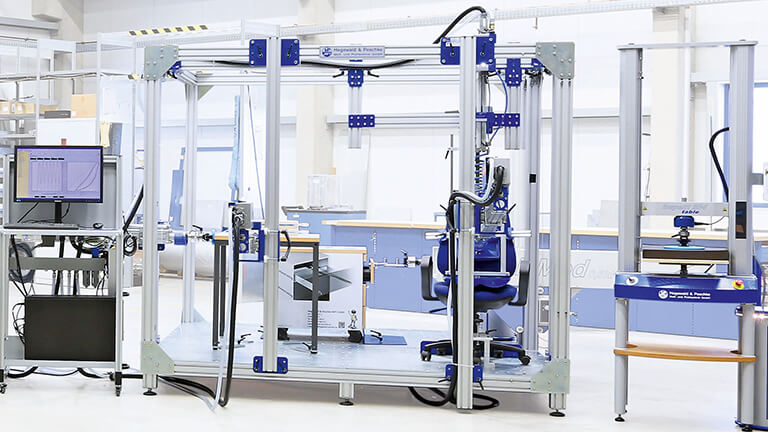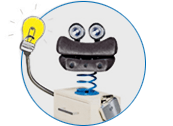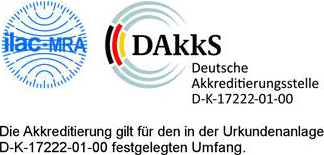Fatigue testing of metals - VHCF test
Universal testing machine Inspekt 20 kN with VHCF device
The growing demand for efficient lightweight construction in various fields of application demands the use of modern materials with ever increasing numbers of load cycles. Research and development, and especially testing technology, present a number of new challenges.
With conventional vibration testing technology, this area can no longer be investigated within a reasonable time frame. This is why a new ultrasonic method is used here. Using a frequency generator, sinusoidal high-frequency signals are generated and transformed by a piezoelectric transducer into a mechanical vibration which, in a conventional system, causes the specimen clamped on one side to vibrate at approx. 18 to 22 kHz at constant amplitude in the form of a symmetrical tensile compressive stress (R = -1).
Procedure of the VHCF test
To investigate the fatigue strength of metals, the specimens are vibrated. With 1,000,000,000 load cycles, one speaks of a VHCF test (Very High Cycle Fatigue). This high number of load cycles is realized by a correspondingly high frequency of the test setup, so that the test duration is as short as possible. Such a test facility consists of three components:
- highly dynamic piezo drive for oscillations up to approx. 20,000 Hz
- precision microscope on a ring raceway for optical evaluation of the sample
- universal testing machine Inspekt table 20kN with 1600mm test space height for the generation of the static load
The universal testing machine Inspekt table 20 kN from Hegewald & Peschke GmbH meets the requirements with regard to positioning accuracy, static force application and the flexible attachment of customer-specific accessories (parts 1+2). Furthermore, the electronics of the universal testing machine can be individually controlled so that complex test sequences can run fully automatically. The production of the test facility is realized in cooperation with the Institute of Physics and Materials Science of the University of Natural Resources and Applied Life Sciences Vienna (BOKU), which develops and builds the VHCF test setup.
For further information on this testing system, please contact us (contact form).
















